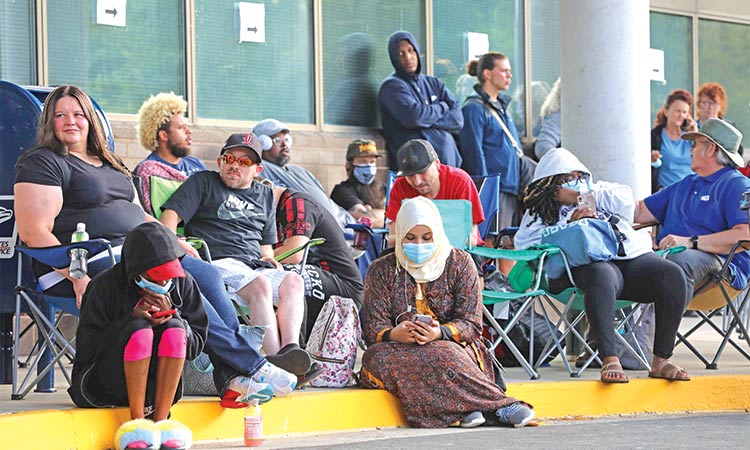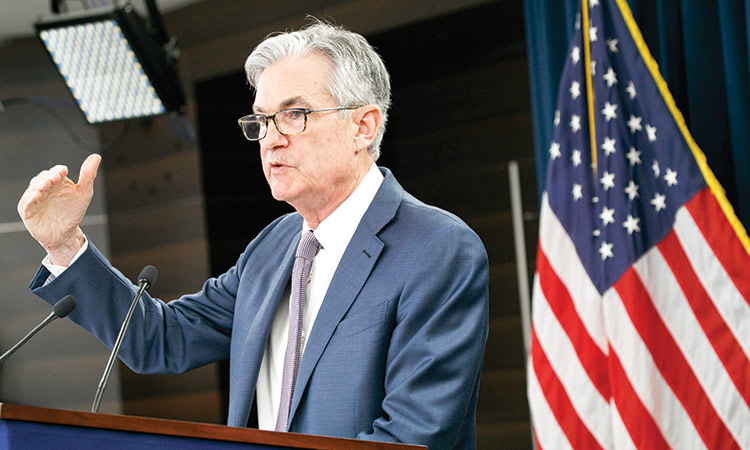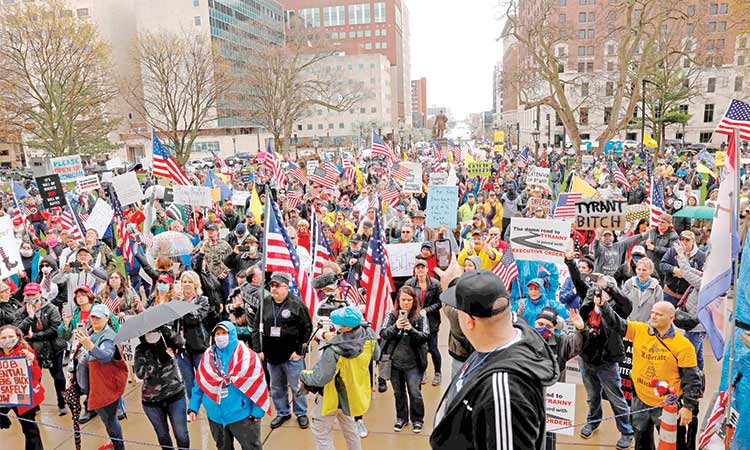Robust US job growth reinforces economy’s strength

Picture used for illustrative purpose only.
The Labor Department’s closely watched monthly employment report on Friday also showed solid monthly wage growth and the unemployment rate falling back to near a 50-year low of 3.5%. Employers also increased hours for workers last month.
But the report likely does not fully capture the impact of the coronavirus, which spread in the United States beginning in late February, leaving financial markets and economists anticipating severe economic disruptions in the months ahead. The dollar fell against a basket of currencies, while US Treasury prices were trading higher. US stock index futures fell.
“Sadly, these job numbers are sure to be eclipsed by response to the spread of the coronavirus,” said Michael Hicks an economist at Ball State University. “The supply shocks from quarantined factories in Asia are weeks away from idling US factories, and the demand-side impact on tourism, travel, eating and drinking establishments is already being felt across the world. The March jobs report, will be far less optimistic.” The Fed on Tuesday slashed its benchmark overnight interest rate by a half percentage point to a target range of 1.00% to 1.25%, in the US central bank’s first emergency rate cut since 2008 at the height of the financial crisis. Fed Chair Jerome Powell acknowledged the economy’s strong fundamentals, but said “the coronavirus poses evolving risks to economic activity.” Nonfarm payrolls increased by 273,000 jobs last month, matching January’s tally, which was the largest since May 2018. While transportation and warehousing payrolls fell by 4,000 jobs last month, suggesting some early impact from the coronavirus, the drop was eclipsed by strong gains nearly across all sectors, including government. The economy created 85,000 more jobs in December and January than previously reported.
Economists polled by Reuters had forecast payrolls increasing by 175,000 jobs in February. The economy needs to create roughly 100,000 jobs per month to keep up with growth in the working-age population. Employment gains averaged 243,000 per month in the last three months.
The government canvassed business in mid-February, before the country reported deaths from the virus and rising infections starting in the final week of the month. At least 12 people have died in the United States from the respiratory disease called COVID-19 caused by the coronavirus and more than 100 have been infected, spread across 19 states. Overall, the fast-spreading disease has killed more than 3,000 people and sickened nearly 100,000, mostly in China.
The highly contagious virus has rattled investors, who have continued to dump risky assets such as stocks despite the Fed rate cut, in favor of safe-haven US government bonds. The 10-year US Treasury yield has dropped below 1%. Economists say fiscal stimulus is needed to cushion the economy against the disruptions from the coronavirus, though many believe financial market fears of a recession are a bit premature.
Economists believe employers are most likely to cut hours for workers initially and proceed to layoffs if the epidemic persists beyond the second half of this year and into 2021. So far, weekly applications for unemployment benefits, the most timely labour market indicator, were trending low in early March.
Still the virus, which causes a flu-like illness, is expected to slow job growth in the coming months.
Labor market strength was reinforced by steady wage growth. Average hourly earnings rose 0.3% in February after gaining 0.2% in January. The annual increase in wages, however, slipped to 3.0% in February from 3.1% in January as last year’s large gain falls out of the calculation.
The average workweek increased to 34.4 hours last month after holding at 34.3 hours for three straight months.
The jobless rate fell to 3.5% last month. It increased one-tenth of a percentage point to 3.6% in January as more people joined the labour force, in a sign of confidence in the job market. The labour force participation rate, or the proportion of working-age Americans who have a job or are looking for one was unchanged at 63.4%, the highest since June 2013.
Reuters







